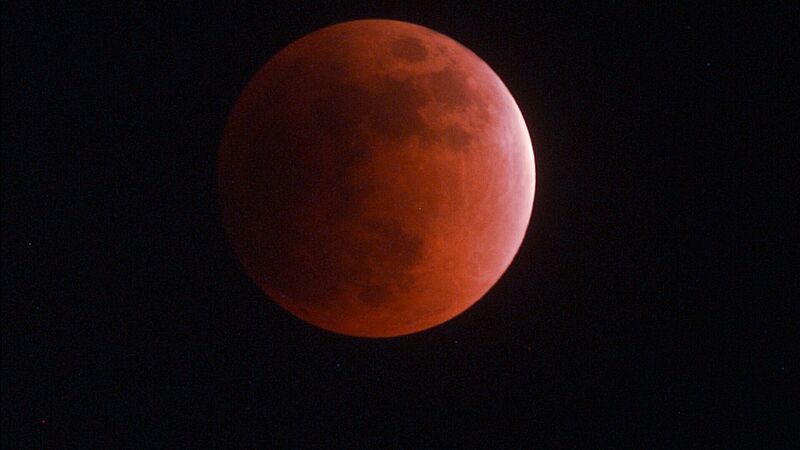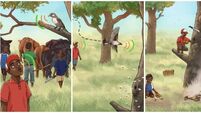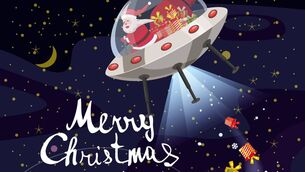Sky Matters: The best times and places to see the lunar eclipse on September 7

Lunar eclipse coming up on September 7, 2025 — if you have a clear east-southeast horizon view you could be in the best spot for seeing this. Picture: Photo/Dave Weaver)
It’s September 7. You’re looking at an unobstructed eastern horizon at 8.04pm from your location somewhere in the south of the country. As you watch, you see the first edge of the full moon appear and within a few minutes almost half of it is visible.
A momentary glance to the western horizon reveals the setting sun, moving apparently in exact counterpoint to the moon. Our nearest celestial companion looks familiar; and yet somehow different. The golden glow that often accompanies the moon when it’s low to the horizon is replaced by a deeper red colour... some might say eerily red.








